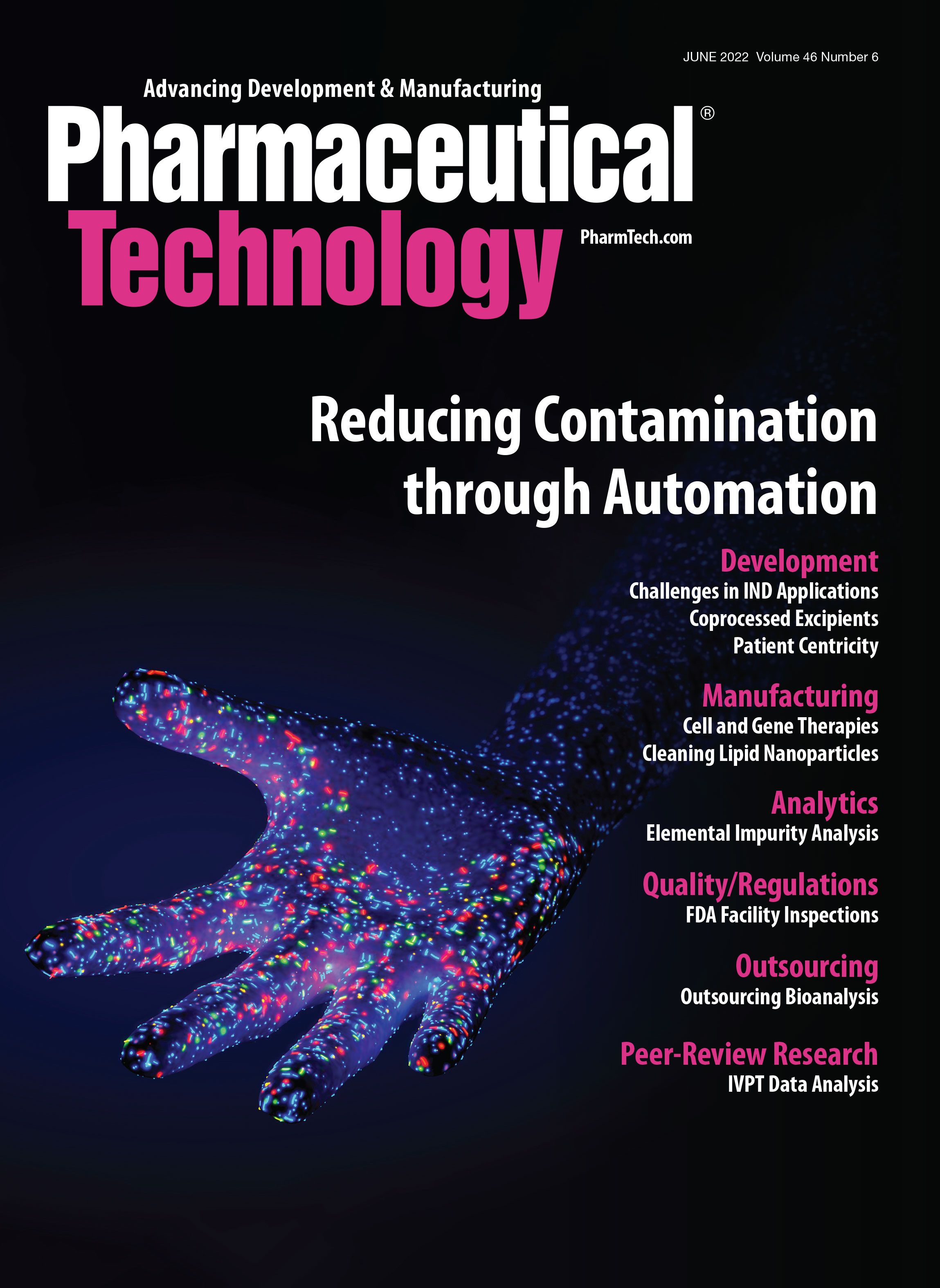Is AI a Panacea for Pharma’s Productivity Gap?
AI could provide solutions to critical manufacturing inefficiencies.
As we reach the midpoint of the year, it’s appropriate to reexamine the topics we’re addressing. I’d like to point to a special podcast Pharmaceutical Technology conducted where Editorial Director Chis Spivey talked with the director of FDA’s Office of Pharmaceutical Quality (OPQ ), Dr. Michael Kopcha, and his deputy directors Dr. Sau Lee and Dr. Cindy Buhse about advancing the science of pharmaceutical manufacturing. Discussion encompassed the framework for regulatory advanced manufacturing evaluation (FRAME), quality management maturity ratings (QMM), advanced versus traditional manufacturing, and re-shoring drug manufacturing to the United States. But I particularly want to highlight the emerging technology program (1).
These new technologies initially were brought to FDA by industry and are, therefore, a fascinating window into where the industry believes it is heading. In this respect, Mike Kopcha said on the PharmTech podcast that, “... to address current and potential future innovations ... we worked with NASEM (National Academies of Science, Engineering and Medicine), they held a public workshop, brought in industry experts in this area, to be able to talk with us about what was going on in the industry, what’s on the horizon over the next five to 10 years. ... I can list some of the more significant ones ... end to end manufacturing, distributed manufacturing, point-of-care manufacturing (as the name implies, doing manufacturing right at the point of care where the patient or consumer actually is), and artificial intelligence, in order to understand what the regulatory framework should look like, we needed to know what these technologies were ... so we knew what we were going to be asked to evaluate, and eventually regulate.”
Our new series, “Weighing Up Big Pharma” directly addresses large company performance vis-à-vis their ability to leverage artificial intelligence (AI). With batch values occasionally rising to $3 million dollars, and data streams proliferating both in terms of total amounts but also depth of insight, it is totally logical that pharmaceutical manufacturing has increased the use of AI. Multivariate mechanistic modeling and digital twin strategizing are two areas that leap to mind. But predictive maintenance and advance failure warning systems play an increased role in reducing costs. One example is water purity control. Having to fix a plant’s water system after a problem not only costs in terms of wasted product, but also in terms of lost operating time, until all systems are back online (2). Is AI a panacea for pharma’s productivity gap? As a disruptive force which, “...promises to help speed up drug identification; improve patient selection; creating digital twins; improve manufacturing; tailor marketing material; enhance customer engagement; predict chronic diseases; and support health equity” (3), you can see why the director of FDA OPQ wants to understand more about AI, and why we will all benefit from a better understanding of this increasingly powerful tool.
References
1. C. Spivey, “FDA Weighs in on Advancing the Science of Pharmaceutical Manufacturing,” Drug Solutions Podcast, PharmTech.com, May 17, 2022.
2. D. Greenfield, “How and Why Pharmaceutical Manufacturers Are Applying Artificial Intelligence,” AutomationWorld, July 27, 2021.
3. C. B. Hartley, “Weighing up Big Pharma,” Pharm Tech 46 (6) (2022).
About the author
Mike Hennessy Jr. is the President and CEO of MJH Life Sciences.
Article details
Pharmaceutical Technology
Vol. 46, No. 6
June 2022
Pages: 8
Citation
When referring to this article, please cite it as M. Hennessy, “Is AI a Panacea for Pharma’s Productivity Gap?,” Pharmaceutical Technology 46 (6) 8 (2022).

Entering New Domains for 3D Printing of Drug Products
April 6th 20253D printing of personalized medications is currently possible under existing compounding regulations, offering enhanced process control through automation. But new legislation coming in 2025 will allow 3D printing as part of a distributed manufacturing framework.